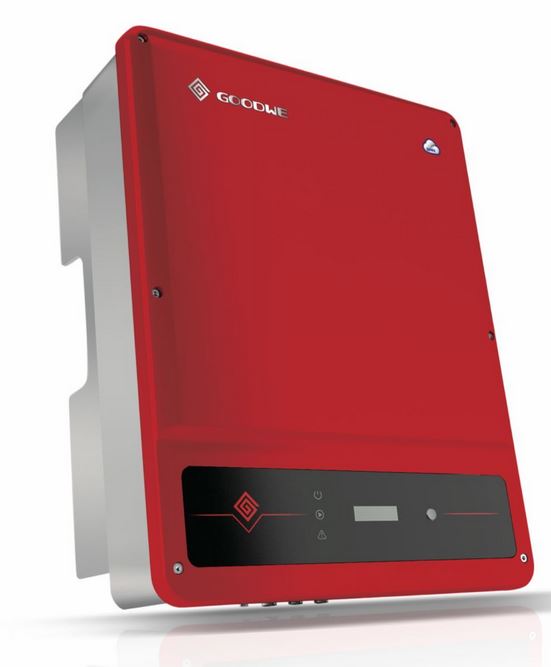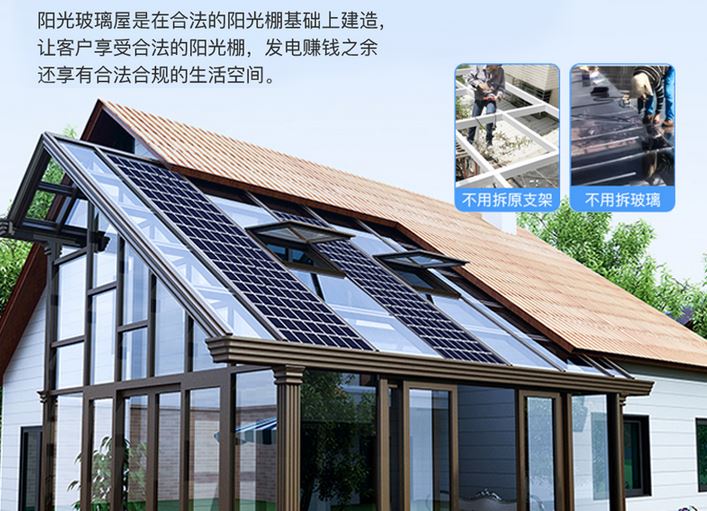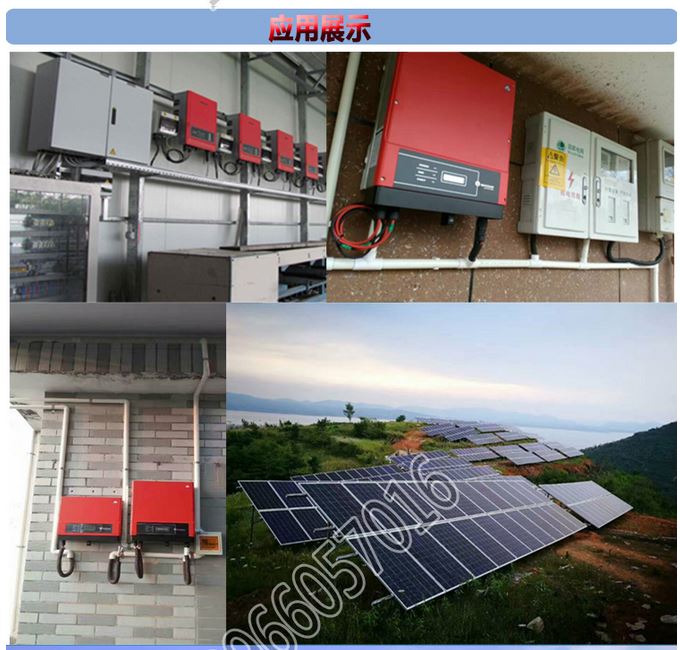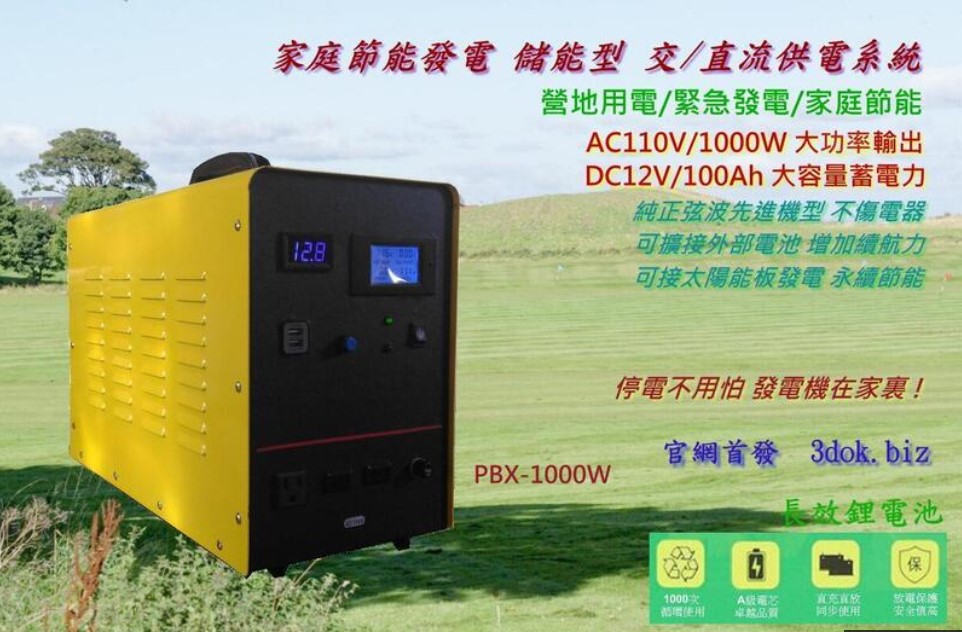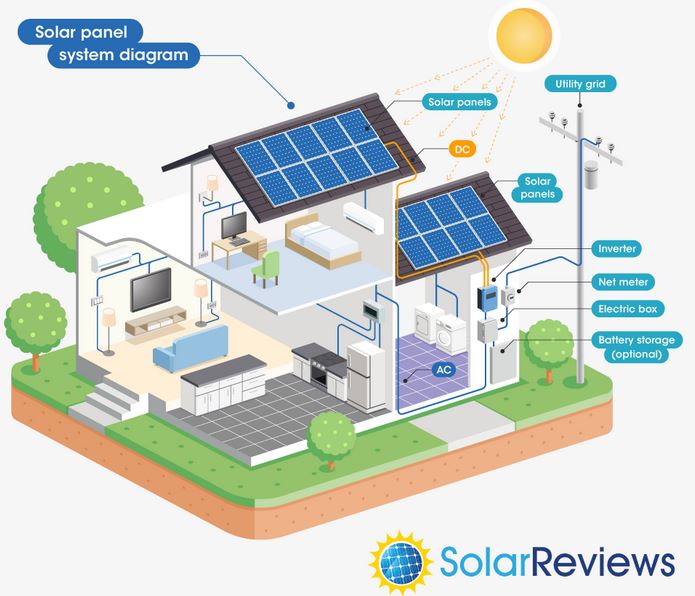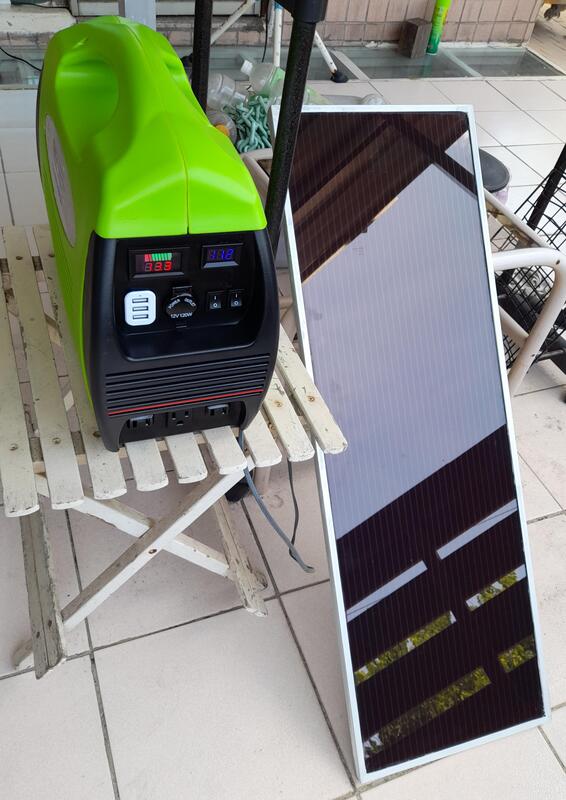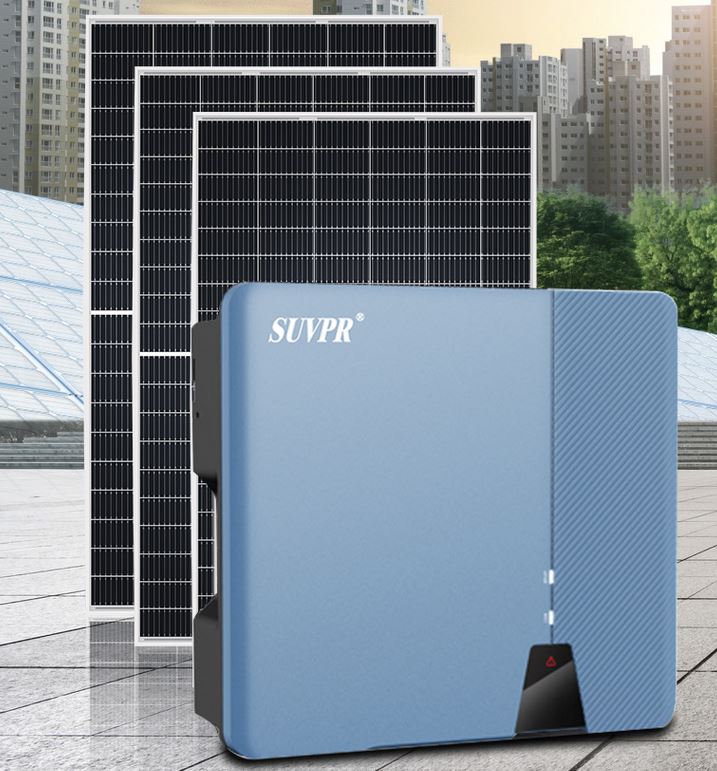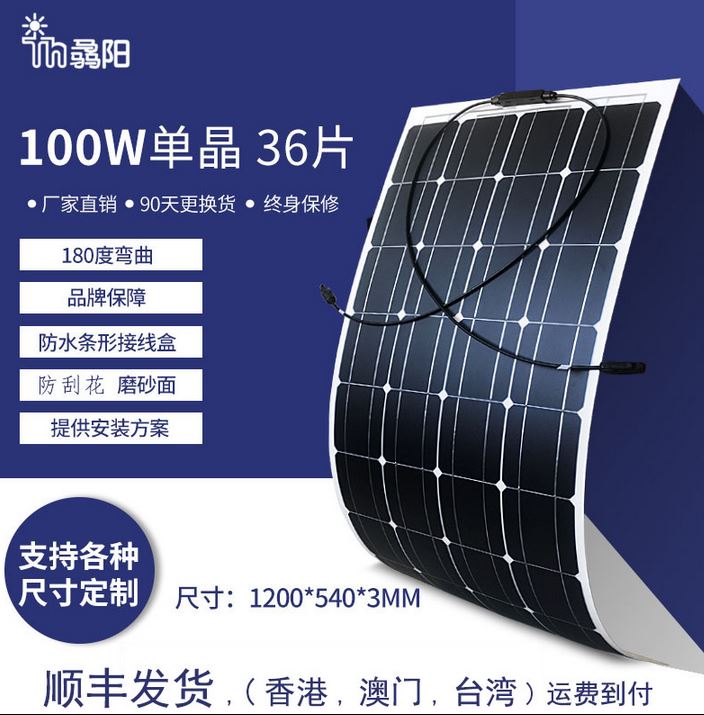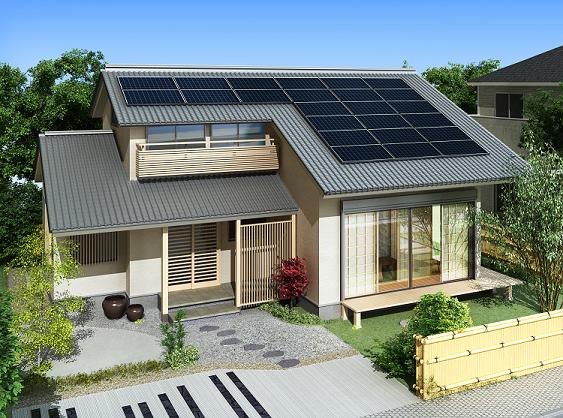
The Inexhaustible solar energy
In the year of 2023 oil, energy price keep go high, the Solar energy is more popular now !
Clean, Inexhaustible, Solar energy is the best choice for the modem life.
Solar Power system provides the necessary electric power for home need, Lighting, Home electronics, even air conditioner, heater… all available now !
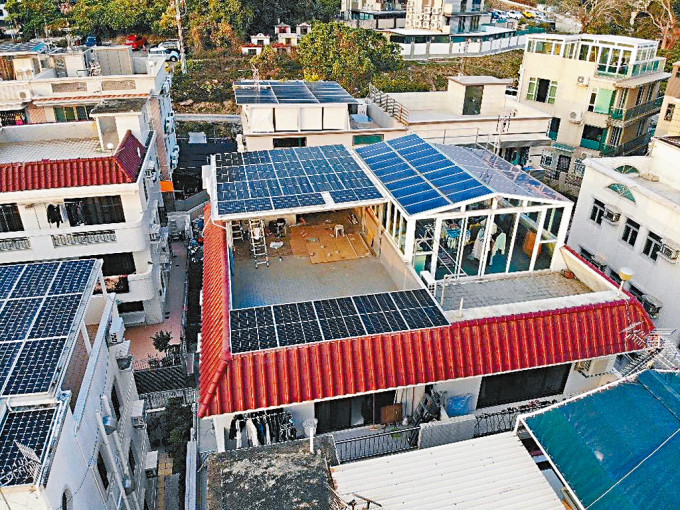
The Solar Power System already come into our life in every day.
A home-roof solar power system can provide 5-10KW electric energy for home application.
There are two type of popular solar power system_
On this page
Grid-tied solar systems
Grid-tied, on-grid, utility-interactive, grid intertie, and grid backfeeding are all terms used to describe the same concept – a solar system that is connected to the utility power grid.
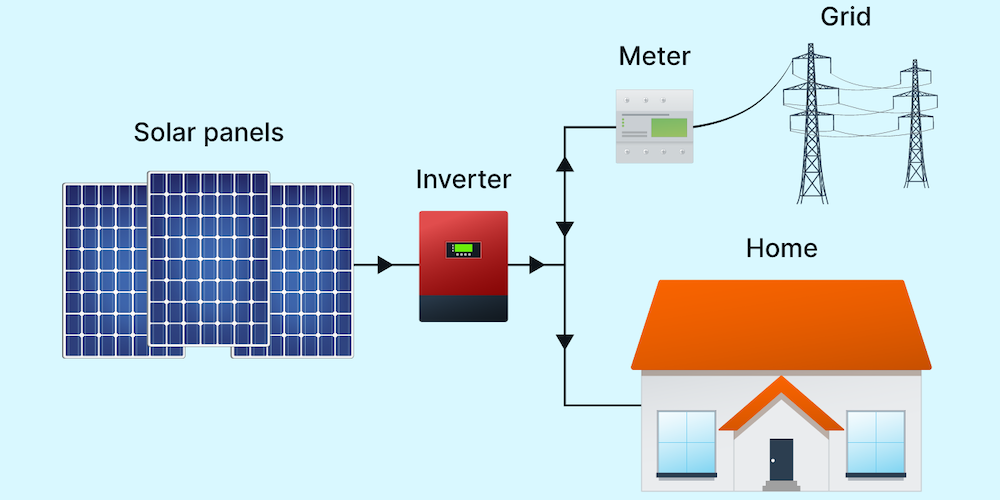
DC electricity generated by the solar panels is sent to the inverter, which converts the power into AC electricity. This electricity is first used to service the home loads, while all surplus energy is exported to the grid in return for electric bill credits.
.
Benefits of grid-tied systems
A grid connection will allow you to save more money with solar panels through net metering, lower equipment and installation costs, and better efficiency rates.
.
1. Save more money with net metering
Your solar panels will often generate more electricity than what you are capable of consuming. With net metering, homeowners can put this excess electricity onto the utility grid instead of storing it themselves with batteries.
Many utility companies are committed to buying electricity from homeowners at the same rate as they sell it themselves. As a homeowner, you can use these payments from your utility to cancel out your electricity usage charges – by up to 100%.
Net metering plays an important role in how solar power is incentivized. Without it, residential solar systems would be much less feasible from a financial point of view.
Learn more: How does net metering work
.
2. Lower upfront costs and ease of installation
Grid-tied solar systems are the only type of solar system that don’t require a battery to function. This makes grid-tied systems cheaper and simpler to install, and also means there is less maintenance required.
.
3. You can use the utility grid as a virtual battery
The electric power grid is in many ways also a battery, without the need for maintenance or replacements, and with much better efficiency rates.
.
According to EIA data, national, annual electricity transmission and distribution losses average about 7% of the electricity that is transmitted in the United States. Lead-acid batteries, which are commonly used with solar panels, are only 80-90% efficient at storing energy, and their performance degrades with time. In other words, more electricity (and more money) goes to waste with conventional battery systems.
.
Additional perks of being grid-tied include access to backup power from the utility grid, in case your solar system stops generating electricity for one reason or another. At the same time, you help to mitigate the utility company`s peak load. As a result, the efficiency of our electrical system as a whole goes up.
Equipment for grid-tied solar systems
There are a few key differences between the equipment needed for grid-tied, off-grid and hybrid solar systems. Standard grid-tied solar systems rely on the following components:
- Grid-tie inverter (GTI) or microinverters
- Power meter
.
Grid-tie inverter (GTI)
What is the job of a solar inverter? They regulate the voltage and current received from your solar panels. Direct current (DC) from your solar panels is converted into alternating current (AC), which is the type of current that is utilized by the majority of electrical appliances.
In addition to this, grid-tie inverters, also known as grid-interactive or synchronous inverters, synchronize the phase and frequency of the current to fit the utility grid (nominally 60Hz). The output voltage is also adjusted slightly higher than the grid voltage in order for excess electricity to flow outwards to the grid.
.
Microinverters
Microinverters go on the back of each solar panel, as opposed to one central inverter that typically takes on the entire solar array.
There has recently been a lot of debate on whether microinverters are better than central (string) inverters.
Microinverters are certainly more expensive, but in many cases yield higher efficiency rates. Microinverters are particularly useful if you have shading issues on your roof.
.
Power meter
Most homeowners will need to replace their current power meter with one that is compatible with net metering. This device, often called a net meter or a two-way meter, is capable of measuring power going in both directions, from the grid to your house and vice versa.
You should consult with your local utility company and see what net metering options you have. In some places, the utility company issues a power meter for free and pays full price for the electricity you generate; however, this is not always the case.

